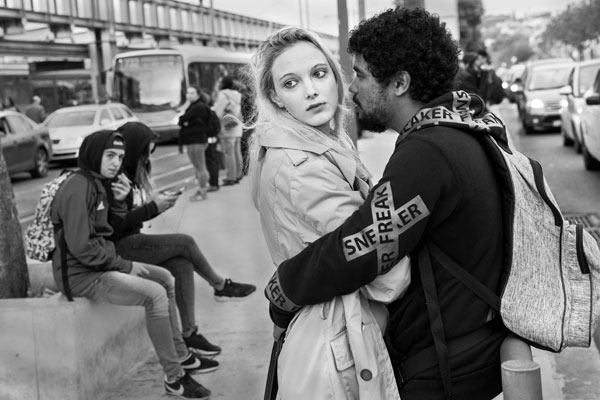Framing Streets - Questions
Framing Streets - Questions
Blog Article
Some Ideas on Framing Streets You Should Know
Table of ContentsThe 8-Minute Rule for Framing StreetsWhat Does Framing Streets Mean?The Main Principles Of Framing Streets The smart Trick of Framing Streets That Nobody is Talking AboutThe smart Trick of Framing Streets That Nobody is Discussing8 Easy Facts About Framing Streets Described
, typically with the purpose of capturing photos at a definitive or touching minute by mindful framework and timing. https://www.easel.ly/infographic/04m0k9.
His boots and legs were well defined, however he is without body or head, because these were in activity." Charles Ngre, waterseller Charles Ngre. https://canvas.instructure.com/eportfolios/2658090/Home/Framing_Streets_Mastering_the_Art_of_Street_Photography was the initial professional photographer to acquire the technical elegance required to sign up people in movement on the road in Paris in 1851. Digital Photographer John Thomson, a Scotsman dealing with reporter and social lobbyist Adolphe Smith, published Road Life in London in twelve regular monthly installments starting in February 1877
Framing Streets for Dummies
Eugene Atget is considered a progenitor, not because he was the very first of his kind, yet as a result of the popularisation in the late 1920s of his document of Parisian streets by Berenice Abbott, who was influenced to embark on a similar documentation of New york city City. [] As the city developed, Atget aided to advertise Parisian roads as a worthy topic for digital photography.

The Of Framing Streets
Martin is the initial videotaped digital photographer to do so in London with a disguised cam. Mass-Observation was a social research study organisation established in 1937 which intended to tape day-to-day life in Britain and to videotape the reactions of the 'man-in-the-street' to King Edward VIII's abdication in 1936 to marry divorce Wallis Simpson, and the succession of George VI. The chief Mass-Observationists were anthropologist Tom Harrisson in Bolton and poet Charles Madge in London, and their very first report was produced as guide "May the Twelfth: Mass-Observation Day-Surveys 1937 by over two hundred observers" [] Window cleaner at Kottbusser Tor, Berlin, by Elsa Thiemann c. 1946 The post-war French Humanist Institution digital photographers located their subjects on the road or in the restaurant. In between 1946 and 1957 Le Groupe des XV yearly exhibited work of this kind. Andre Kertesz. Circus, Budapest, 19 May 1920 Road photography created the major material of 2 exhibits at the Gallery of Modern Art (Mo, MA) in New york city curated by Edward Steichen, 5 French Professional Photographers: Brassai; Cartier-Bresson, Doisneau, Ronis, Izis in 1951 to 1952, and Post-war European Photography in 1953, which exported the concept of road digital photography worldwide.

Some Known Facts About Framing Streets.
The recording equipment was 'a covert cam', a 35 mm Contax concealed beneath his layer, that was 'strapped to the breast and linked to a long cord strung down the appropriate sleeve'. His work had little modern influence as due to Evans' sensitivities regarding the creativity of his job and the personal privacy of his topics, it was not published up until 1966, in the book Numerous Are Called, with an intro written by James Agee in 1940.
Helen Levitt, then an instructor of little ones, connected with Evans in 193839. She documented the temporal chalk illustrations - Street photography that belonged to kids's street society in New york city at the time, in addition to the youngsters who made them. In July 1939, Mo, MA's brand-new digital photography section included Levitt's job in its inaugural exhibitionRobert Frank's 1958 book,, was significant; raw and usually indistinct, Frank's pictures examined mainstream digital photography of the time, "tested all the official guidelines set by Henri Cartier-Bresson and Pedestrian Evans" and "flew in the face of the wholesome pictorialism and heartfelt photojournalism of American check my blog magazines like LIFE and Time".
Report this page